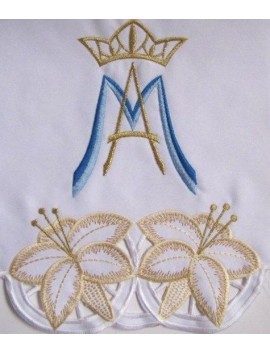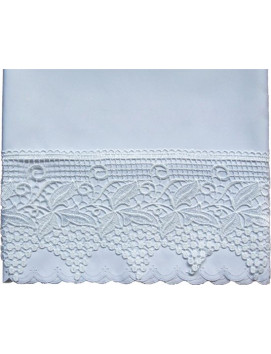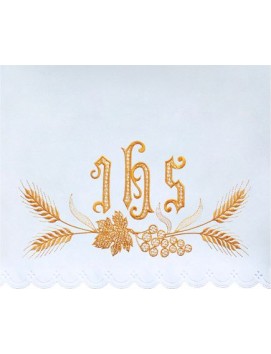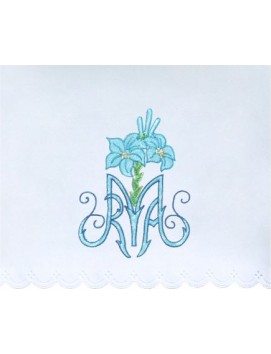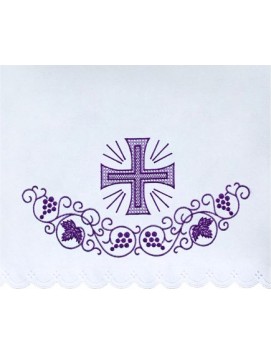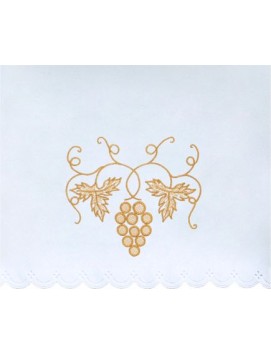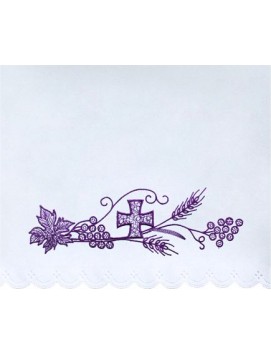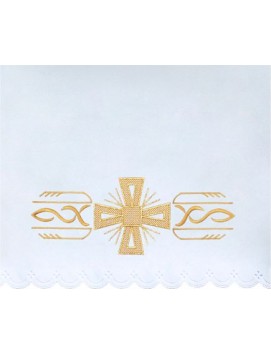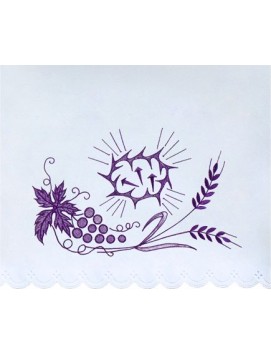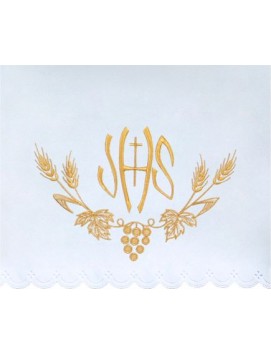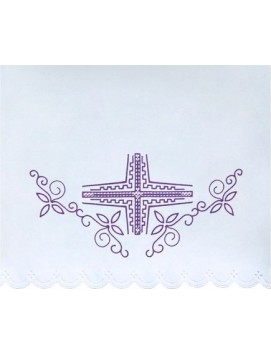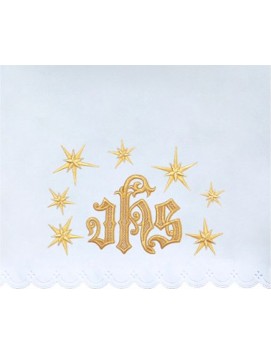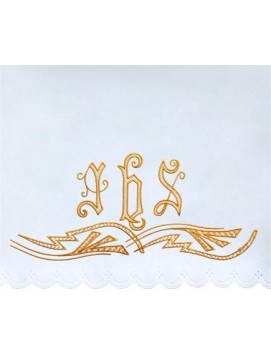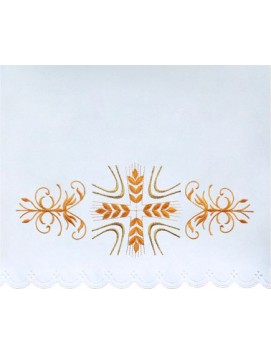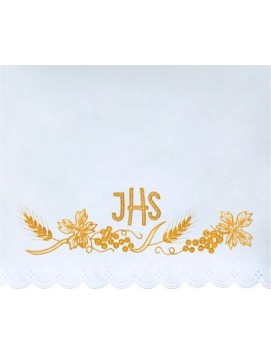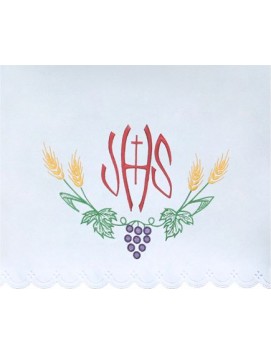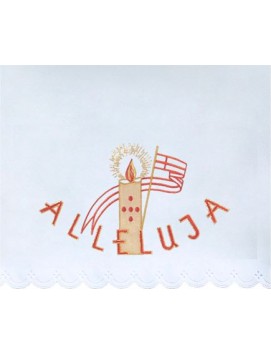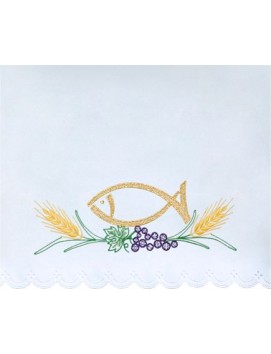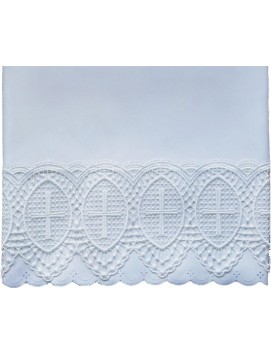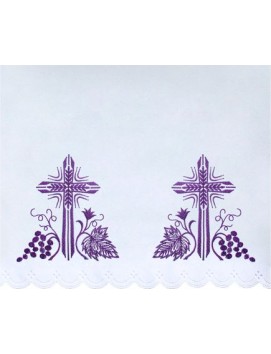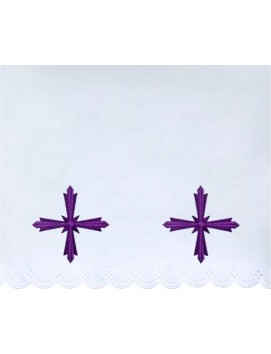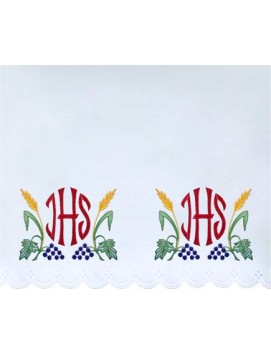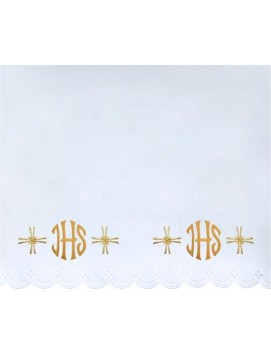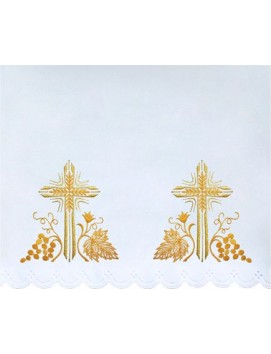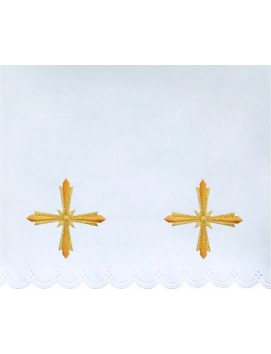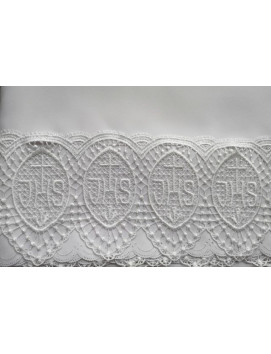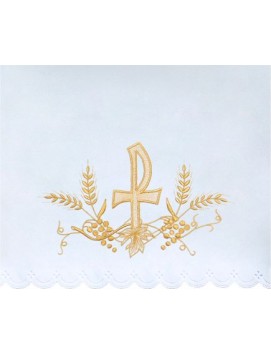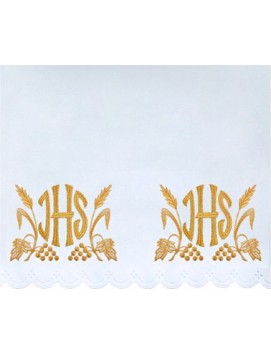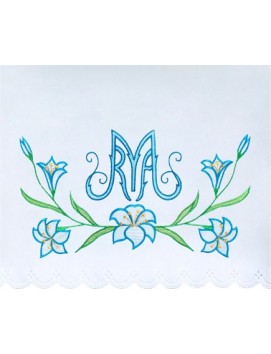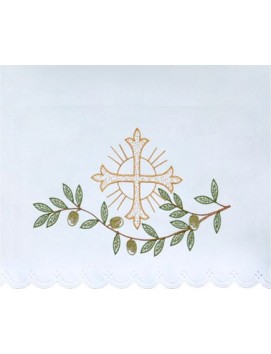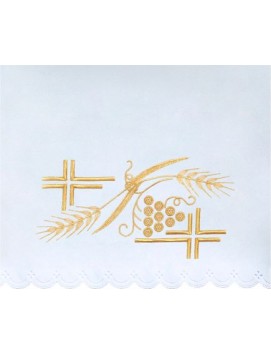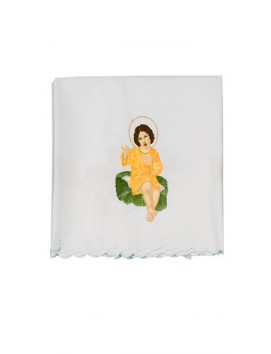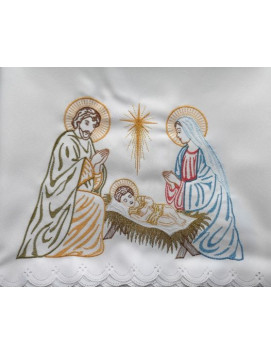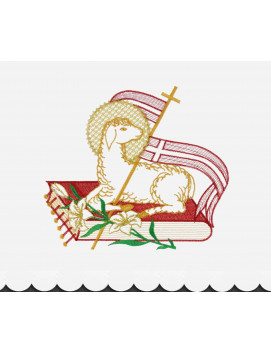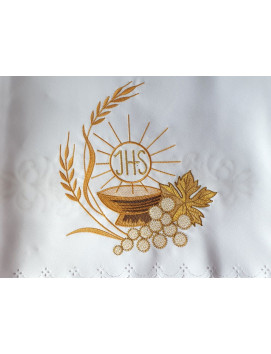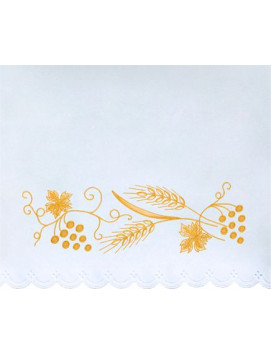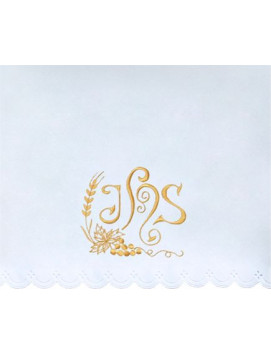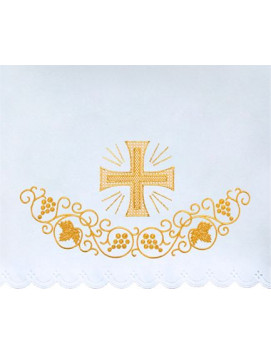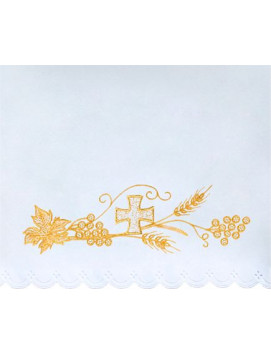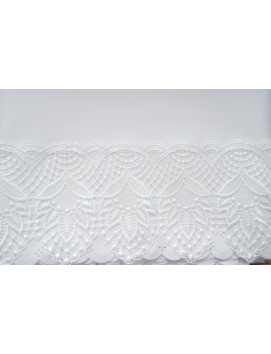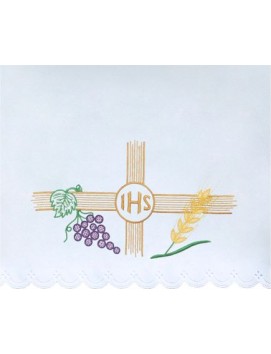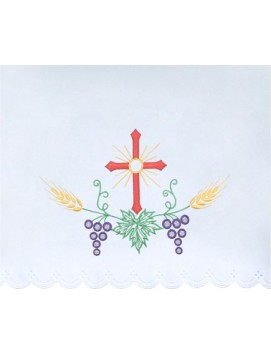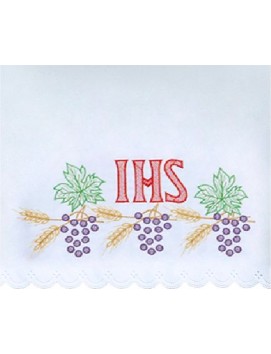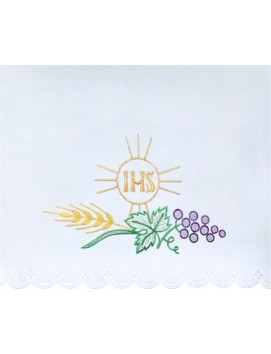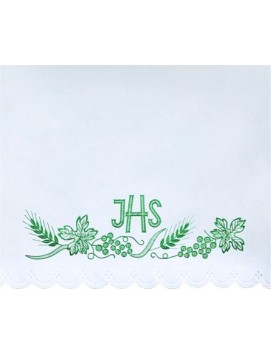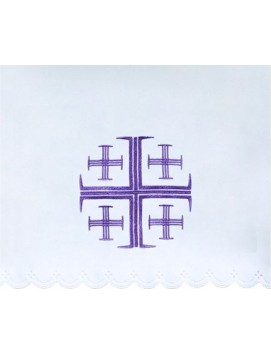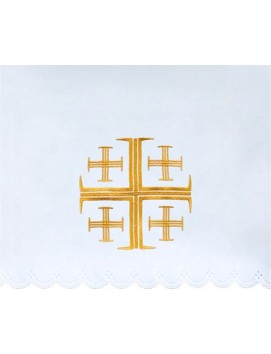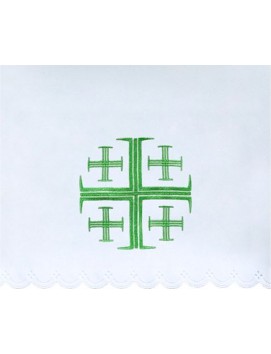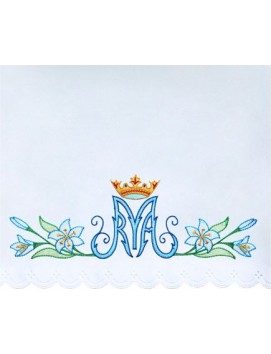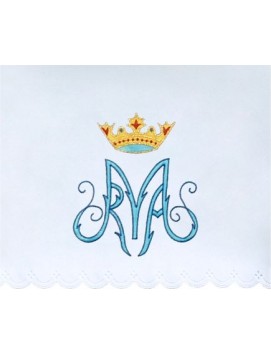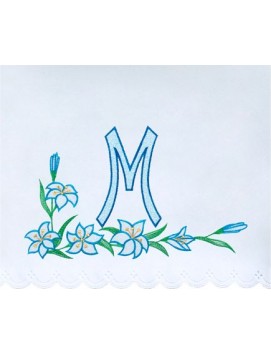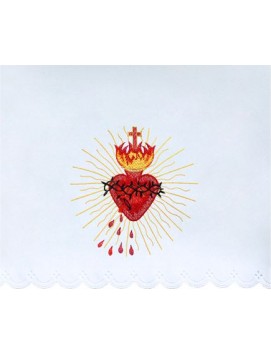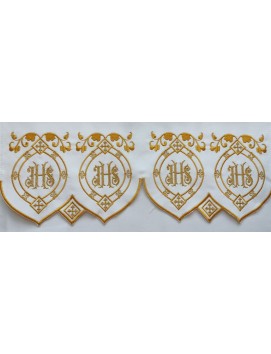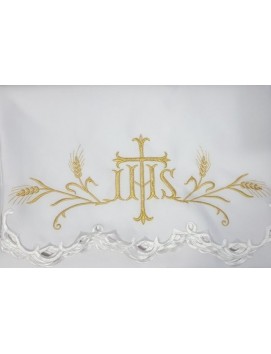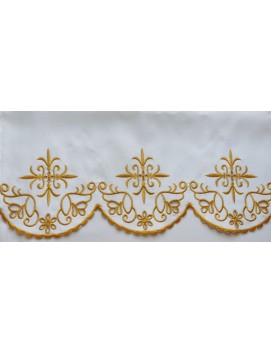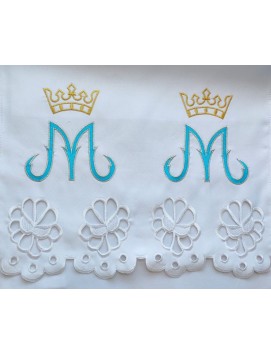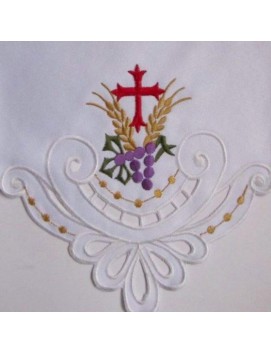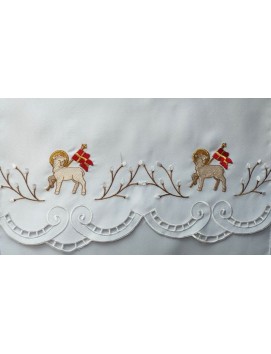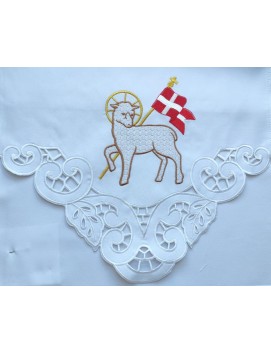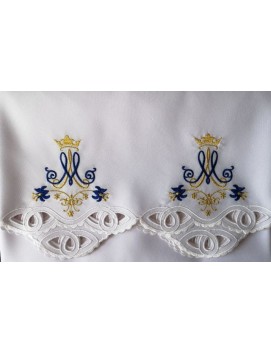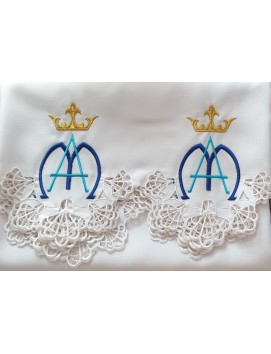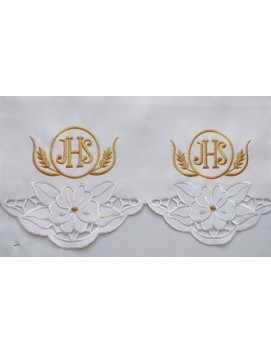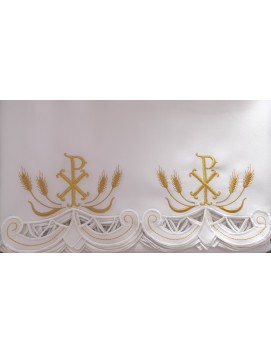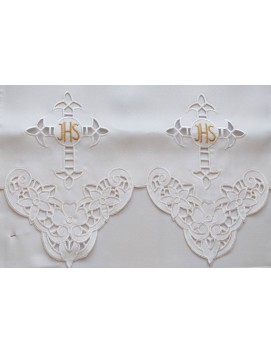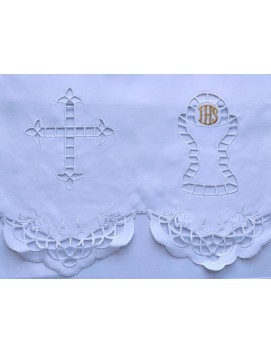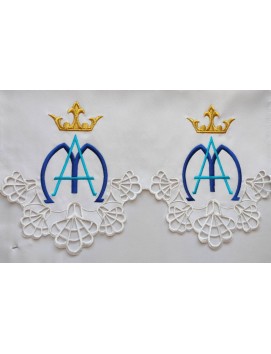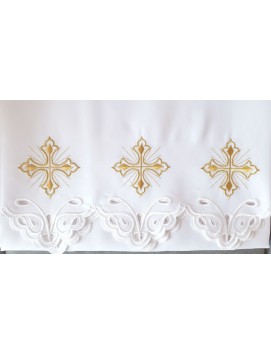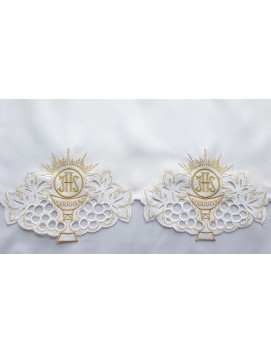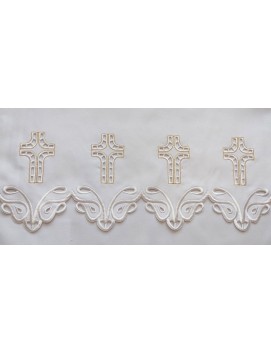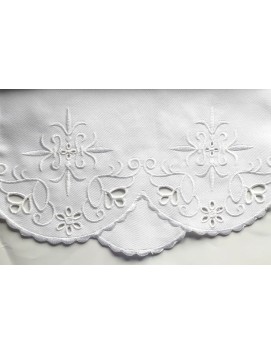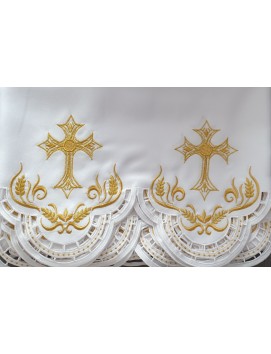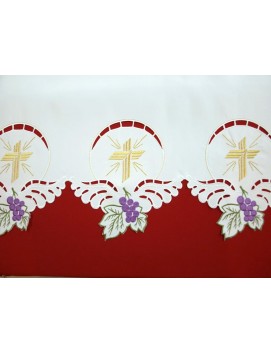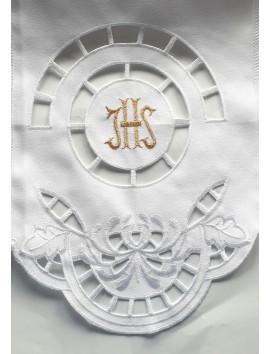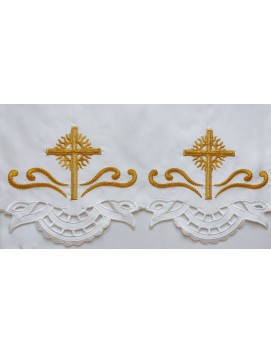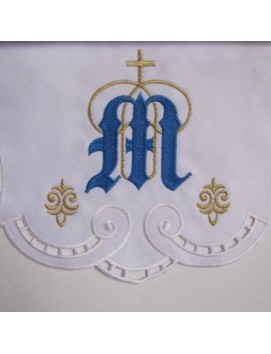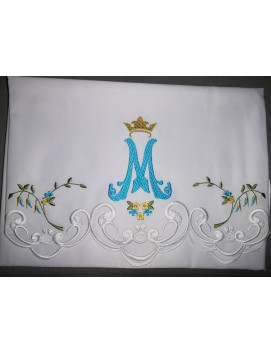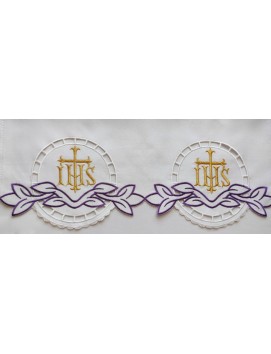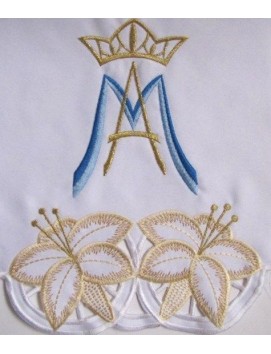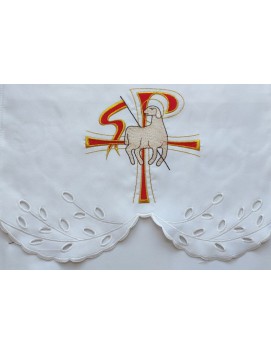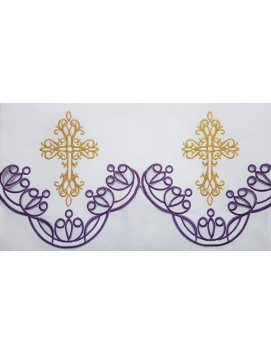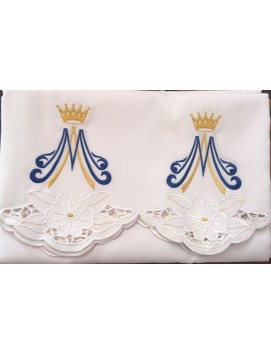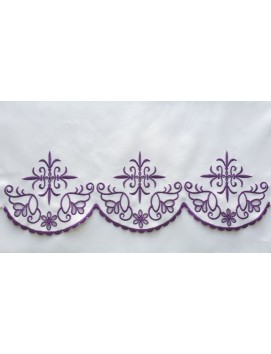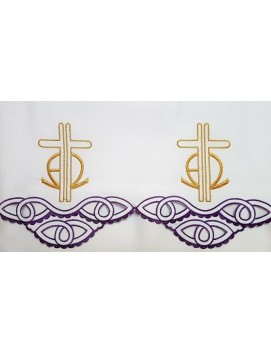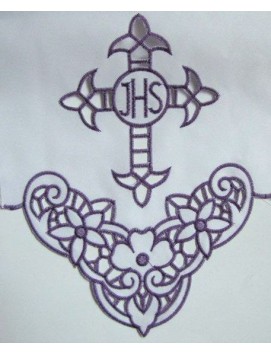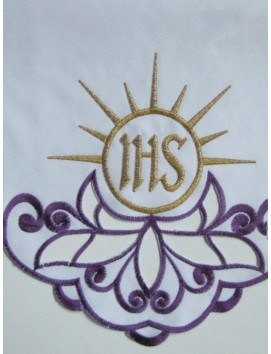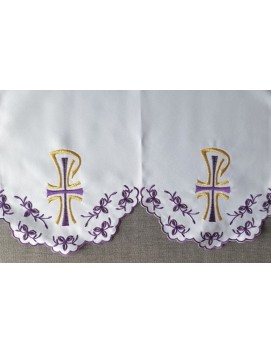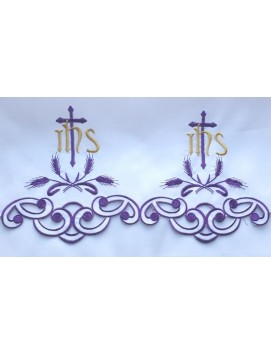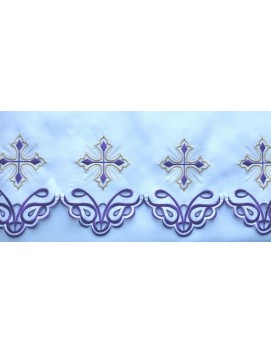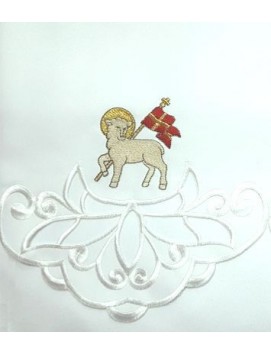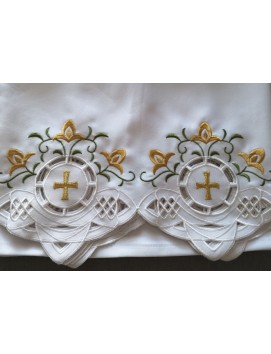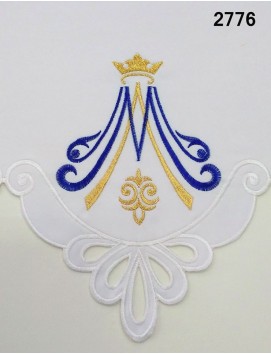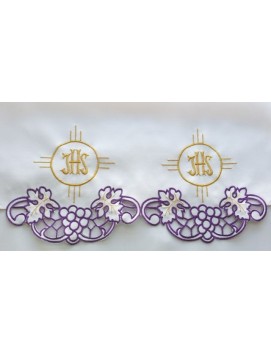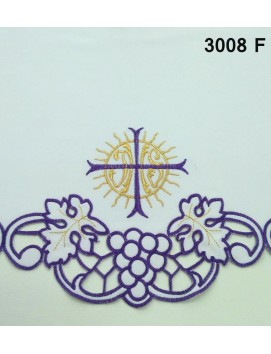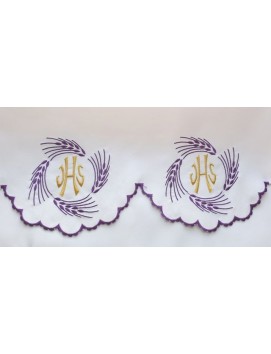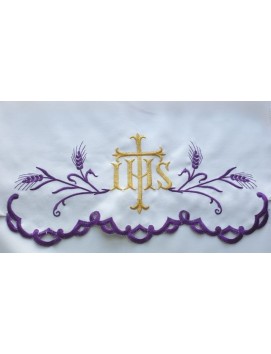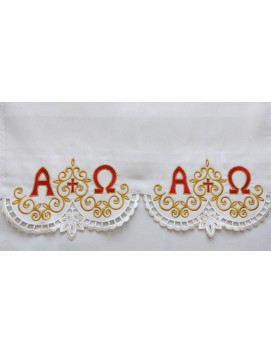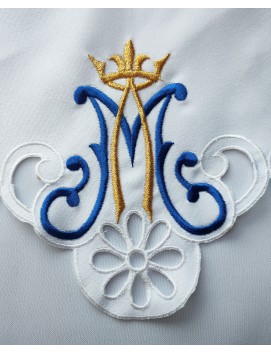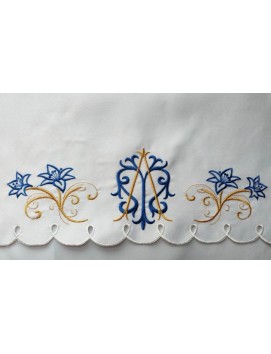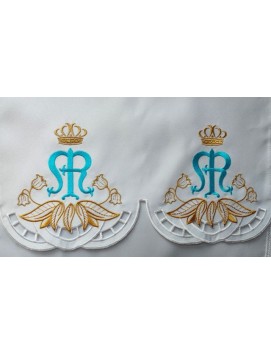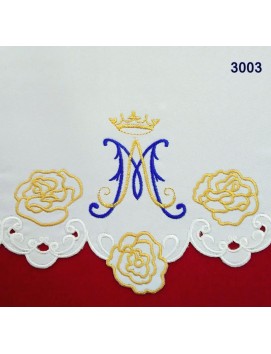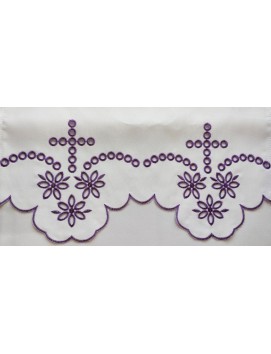No products
Altar Tablecloths
Altar cloths are a type of church linen used during the celebration of the Holy Eucharist in various Christian denominations, including Roman Catholic, Anglican, Lutheran, and other denominations. Altar cloths come in a variety of sizes and styles, and they are used to cover the altar table and to hold the chalice, paten, and other liturgical vessels. Altar cloths are often made of high-quality materials, such as linen, cotton, or silk, and are available in various colors and designs.
Altar cloths are a type of church linen used during the celebration of the Holy Eucharist in various Christian denominations, including Roman Catholic, Anglican, Lutheran, and other denominations. Altar cloths come in a variety of sizes and styles, and they are used to cover the altar table and to hold the chalice, paten, and other liturgical vessels. Altar cloths are often made of high-quality materials, such as linen, cotton, or silk, and are available in various colors and designs.
Understanding Altar Cloths
Altar tablecloths are a significant element in various Christian denominations, serving both a functional and symbolic role in liturgical practices. These cloths are not just mere decorations; they are steeped in tradition and reverence, reflecting the sanctity of the religious ceremonies they accompany.
The Role and Significance of Altar Cloths
Altar cloths are used to cover the church altar during services and celebrations, symbolizing reverence and respect for the sacred space where the Eucharist is celebrated. They are often made of high-quality materials like linen, cotton, or silk, and can be found in a range of colors and designs to suit different liturgical seasons and occasions.
Historical and Symbolic Aspects
The tradition of using altar cloths dates back to the early centuries of the Church, with references to their use as early as the 4th century. Symbolically, they have been interpreted to represent various aspects of Christian theology, such as the shroud of Jesus Christ, the Trinity, or the purity and devotion of the faithful.
Variations Across Denominations
While the Roman Catholic Church has specific guidelines for altar cloths, including the use of a white cloth as the uppermost covering, other denominations may have different practices. For instance, the Anglican, Lutheran, and other Protestant churches may use a single fair linen or a variety of cloths depending on their tradition.
Color Symbolism and Liturgical Seasons
The color of altar cloths often changes with the liturgical season, each color holding its own meaning. For example, purple is used during Advent and Lent, white and gold during Christmas and Easter, and red for feasts of the martyrs or Pentecost.
Care and Maintenance
Maintaining altar cloths involves careful cleaning, especially when removing substances like wax. Specific procedures are recommended to ensure the cloths are treated with the respect they deserve, given their sacred use[3].
FAQs
Q: Why are altar cloths important?
A: Altar cloths are important as they signify reverence for the altar, protect it and the sacred vessels, and have deep symbolic meanings within the Christian liturgy.
Q: Can altar cloths be any color?
A: While white is traditionally used, altar cloths can be various colors depending on the liturgical season and the specific practices of a denomination.
Q: How are altar cloths cared for?
A: Altar cloths are carefully cleaned, often with specific methods for removing stains like wax, and are treated with reverence due to their sacred purpose.
In conclusion, altar cloths are a vital part of Christian worship, rich in history and symbolism. They are treated with great care and respect, reflecting the solemnity and sacredness of the liturgical celebrations they adorn.

